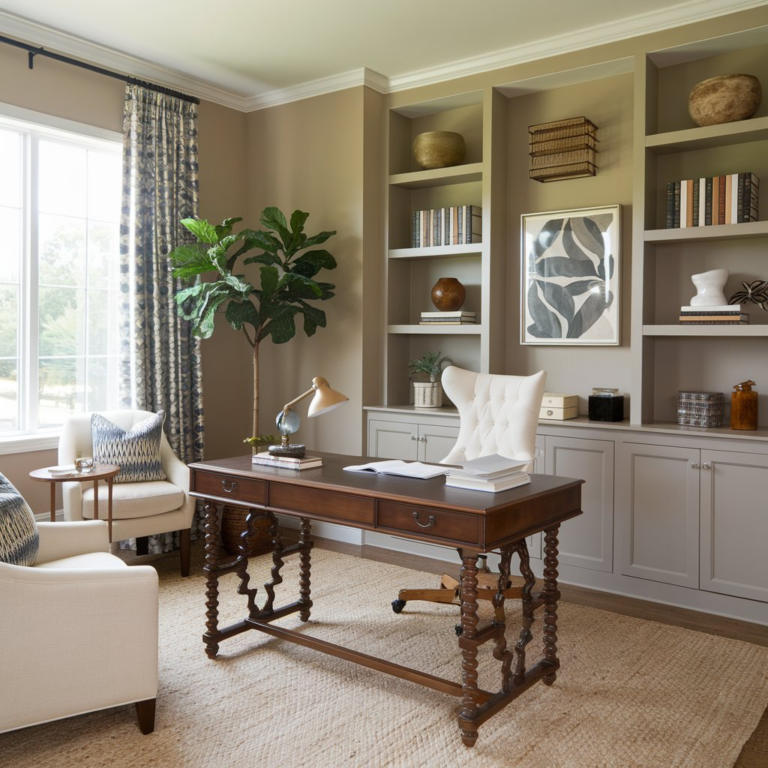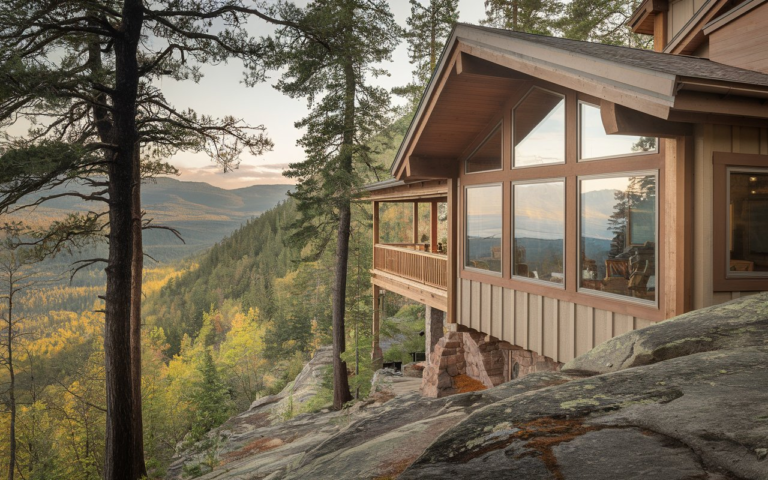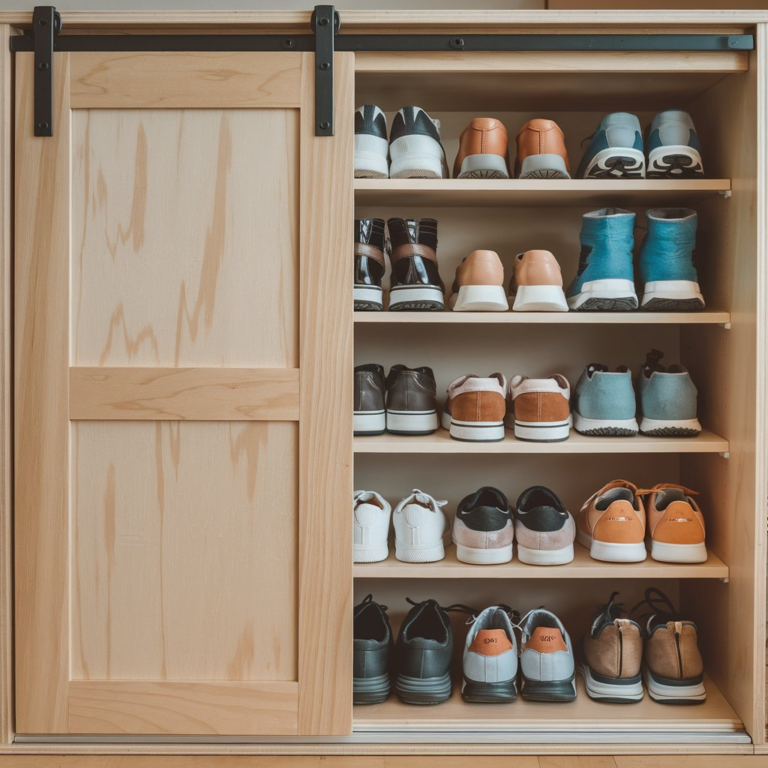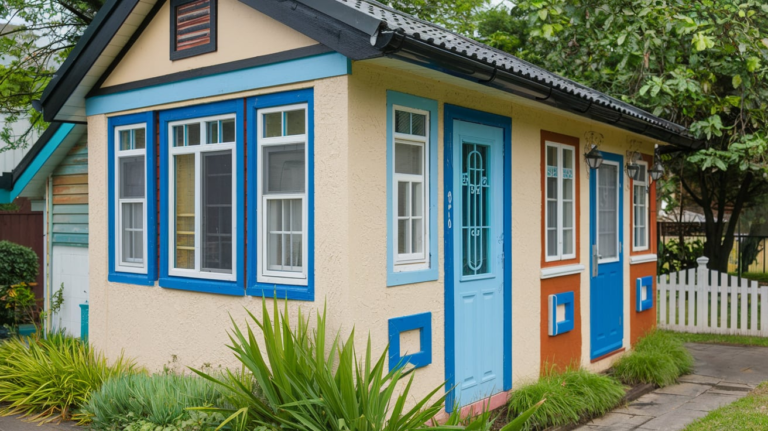27 Wabi-Sabi Interior Ideas: Embracing Imperfection with Elegance
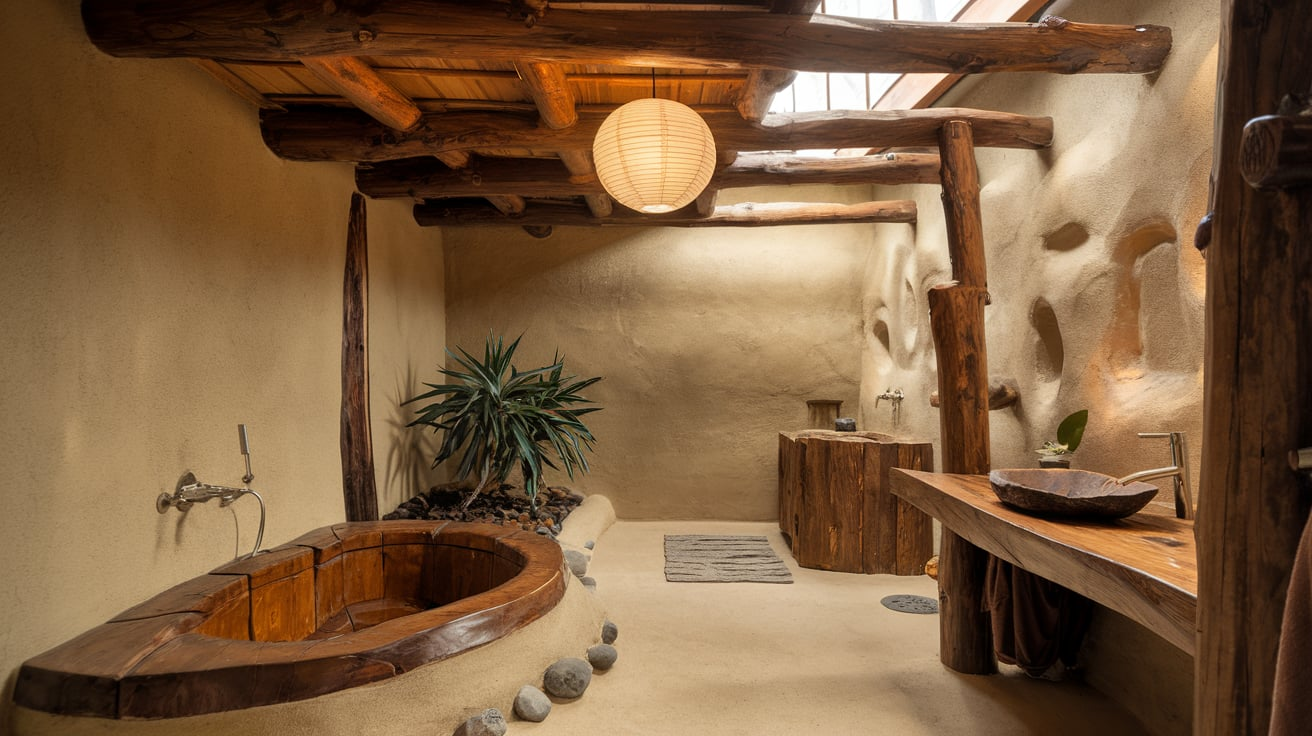
The beauty of Wabi-Sabi lies in its imperfection, simplicity, and authenticity. Rooted in Japanese philosophy, this aesthetic celebrates the raw, unfinished, and transient nature of things.
Think of a cracked ceramic bowl that’s been lovingly mended or an aged wooden table with a patina that tells stories. Wabi-Sabi isn’t about chasing perfection but about finding beauty in the flaws.
1. Embrace Raw, Natural Materials

Forget polished perfection—weathered wood, raw linen, handmade ceramics, and stone set the foundation for a Wabi-Sabi home. These materials bring a tactile warmth that synthetic surfaces simply can’t replicate.
2. Go for an Earthy, Muted Color Palette
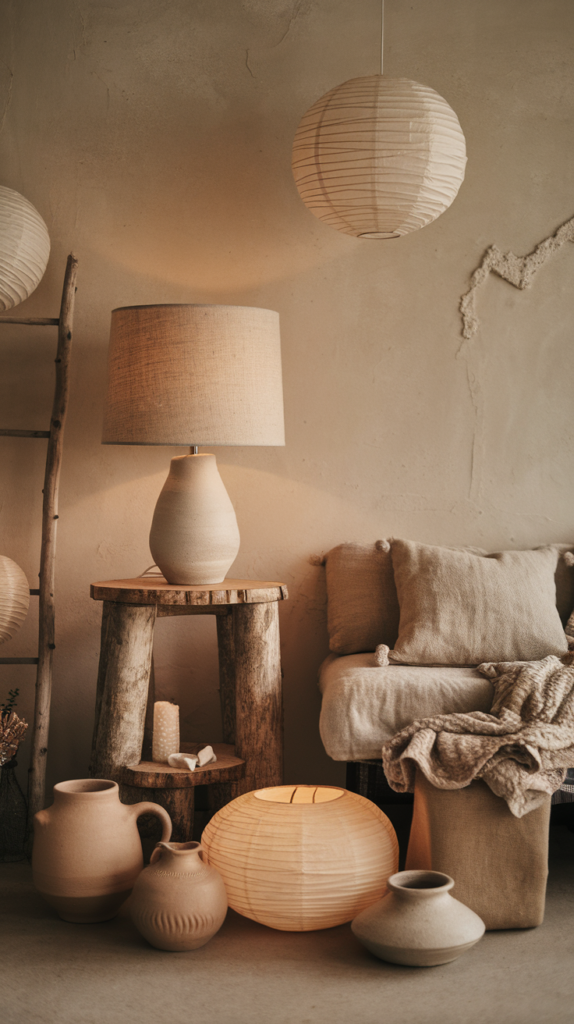
Stick to soft beiges, warm greys, sage greens, and deep browns. These hues echo nature’s tranquility and help create a soothing, cohesive space.
3. Let Imperfection Shine

A slightly worn-out rug, an asymmetrical vase, or a dented copper bowl—these items tell a story. Instead of discarding flawed pieces, celebrate their uniqueness.
4. Opt for Handmade Over Mass-Produced
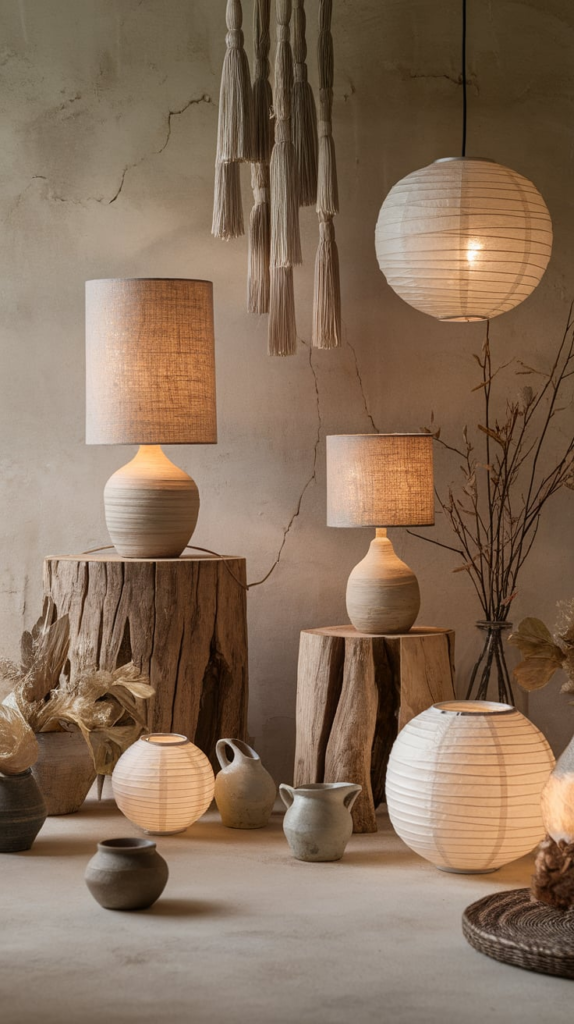
Whether it’s hand-thrown pottery, handwoven baskets, or unevenly glazed tiles, Wabi-Sabi interiors favor craftsmanship over factory precision.
5. Incorporate Patina and Aged Textures

An old wooden bench with chipped paint or a vintage leather chair with cracks? These aren’t flaws; they’re marks of life, use, and love.
6. Use Soft, Natural Lighting
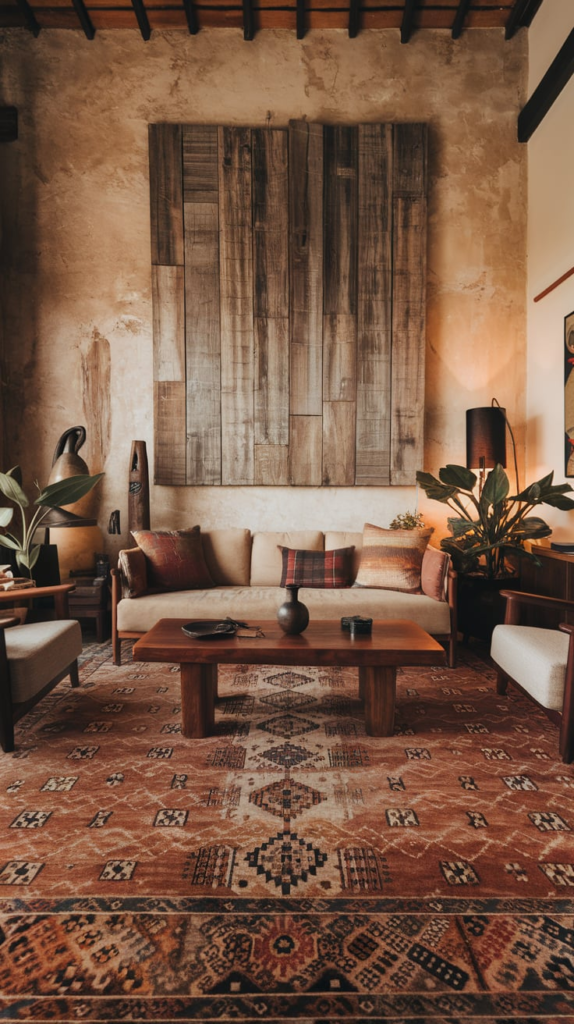
Harsh artificial lights kill the ambiance. Instead, go for paper lanterns, soft-glow lamps, and candles to bring a gentle warmth to your space.
7. Keep It Simple, but Meaningful
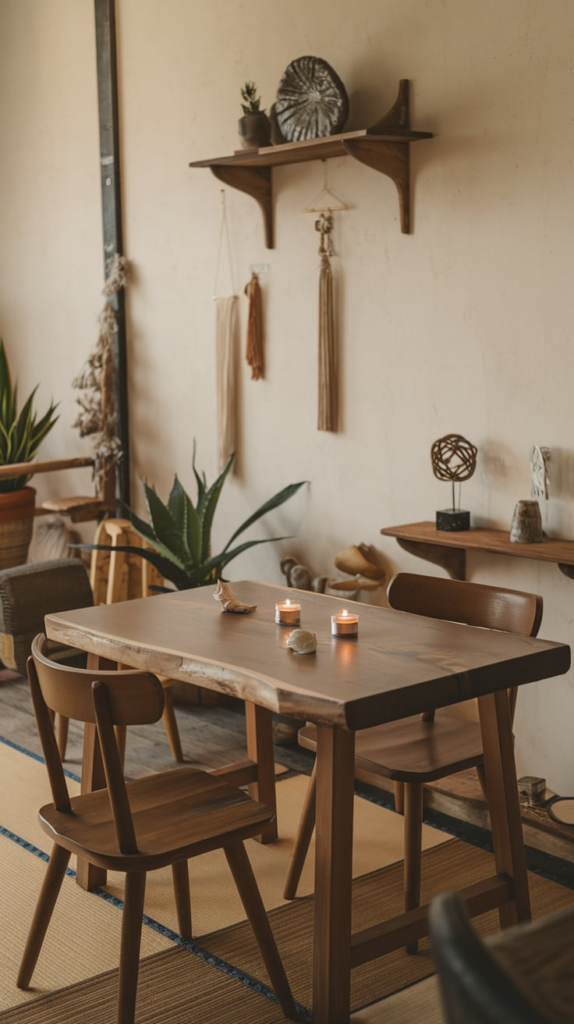
Every piece in a Wabi-Sabi home should have a purpose or sentimental value. Forget clutter and surround yourself with objects that speak to your soul.
8. Incorporate Organic Shapes
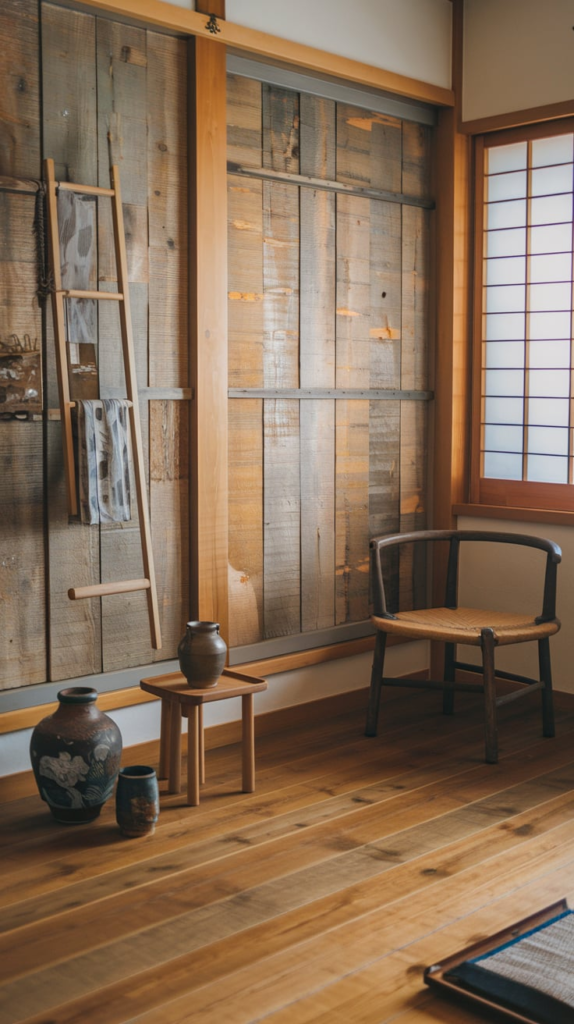
Straight lines and symmetry feel rigid. Instead, introduce curved, irregular shapes—a gnarled wooden branch, a misshapen ceramic bowl, or a sculptural stool.
9. Choose Linen and Cotton Over Synthetics
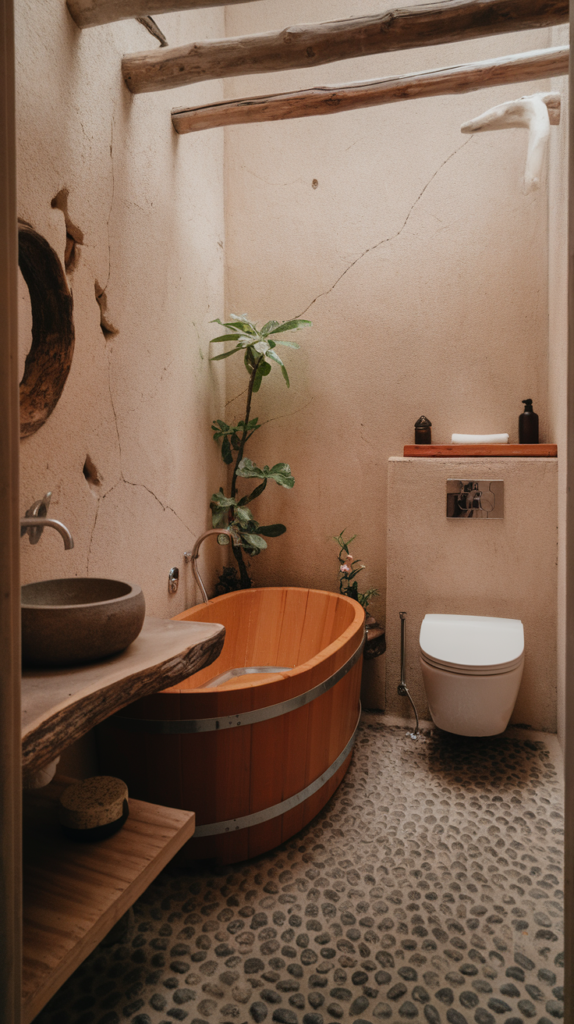
For bedding, curtains, or upholstery, choose soft, breathable fabrics like linen, wool, or raw cotton. They age beautifully and feel heavenly against the skin.
10. Celebrate the Beauty of Kintsugi
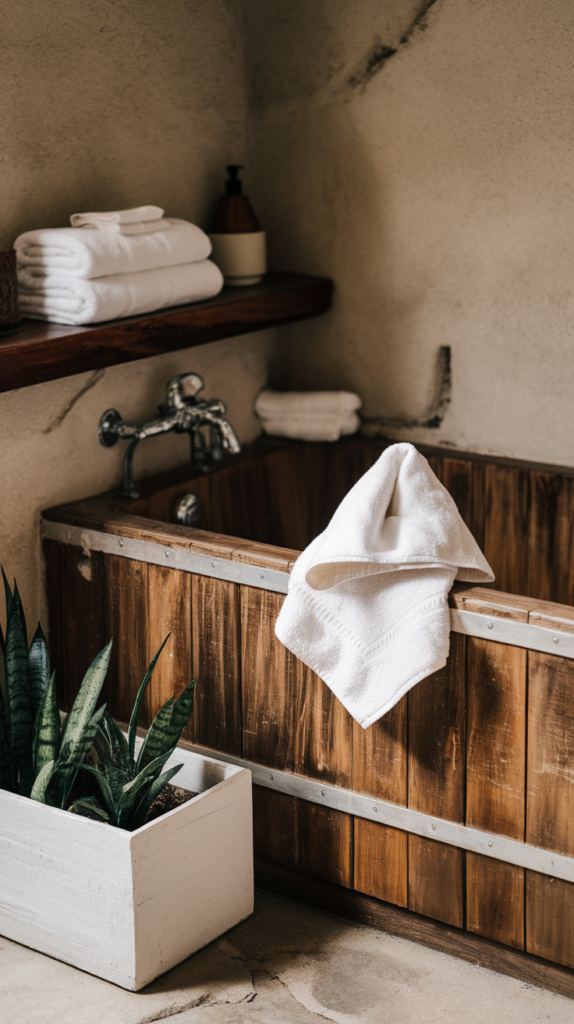
Broken ceramics? Repair them using Kintsugi, the Japanese art of mending with gold. The cracks become part of the design, embracing the philosophy of beauty in imperfection.
11. Minimal, Yet Cozy Furniture
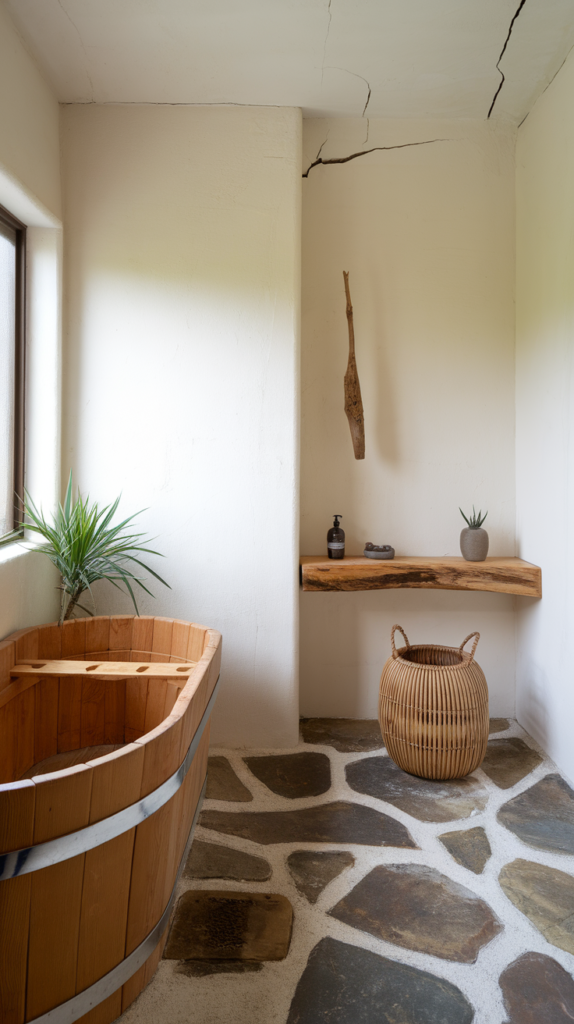
Wabi-Sabi isn’t about minimalism but thoughtful simplicity. Low wooden tables, rattan chairs, and floor cushions bring a relaxed, unpretentious charm.
12. Leave Walls Bare (or Almost Bare)

Instead of covering every inch with artwork, let the natural beauty of a textured wall or a single, well-placed painting breathe.
13. Introduce Worn and Weathered Furniture

A slightly scuffed wooden stool or a faded armchair adds depth and soul to a space. These imperfections create a sense of history and comfort.
14. Allow Negative Space to Speak
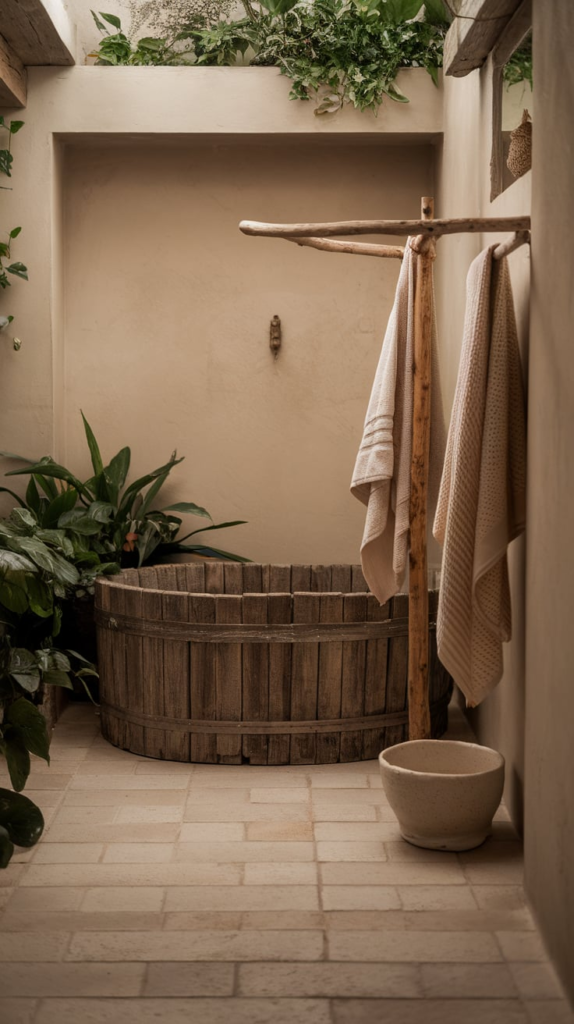
Not every wall, shelf, or tabletop needs to be filled. Embrace emptiness as a design element—it gives objects more meaning and allows rooms to feel open and balanced.
15. Use Bamboo and Rattan Elements
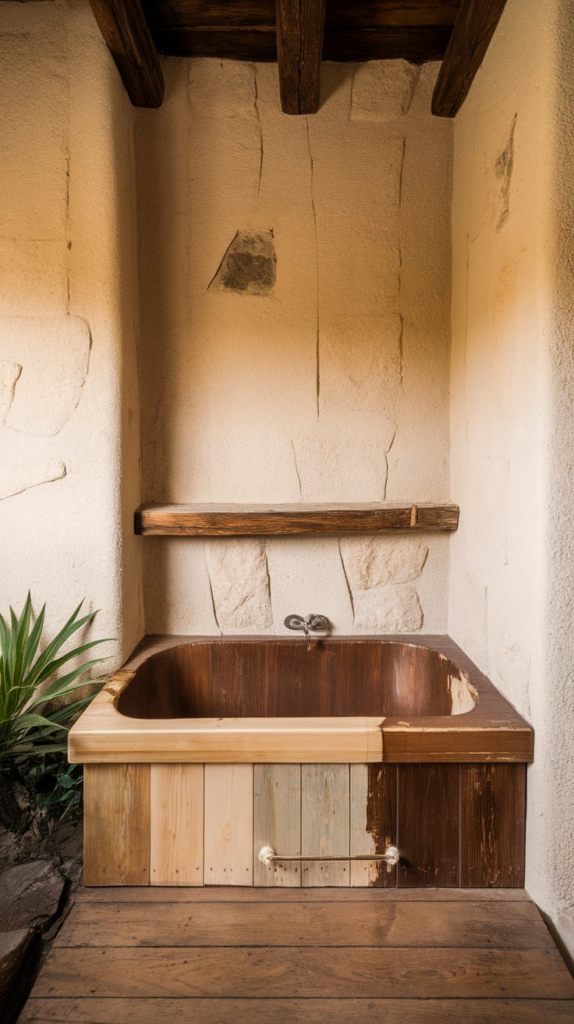
A simple bamboo pendant light, rattan storage baskets, or a cane-weave chair instantly bring a touch of natural, understated beauty.
16. Highlight Natural Wood

Avoid glossy finishes and opt for unfinished, untreated, or reclaimed wood that showcases knots, grains, and imperfections.
17. Welcome the Aging Process
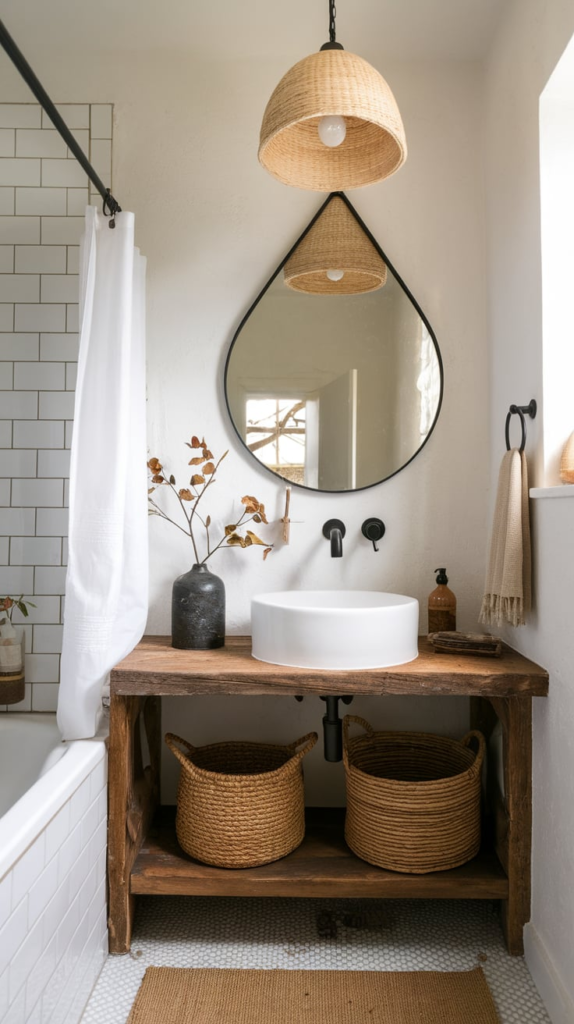
That linen curtain that crumples? The iron kettle that rusts? Instead of replacing, let them age gracefully. Wabi-Sabi is about embracing the passage of time.
18. Decorate with Found Objects
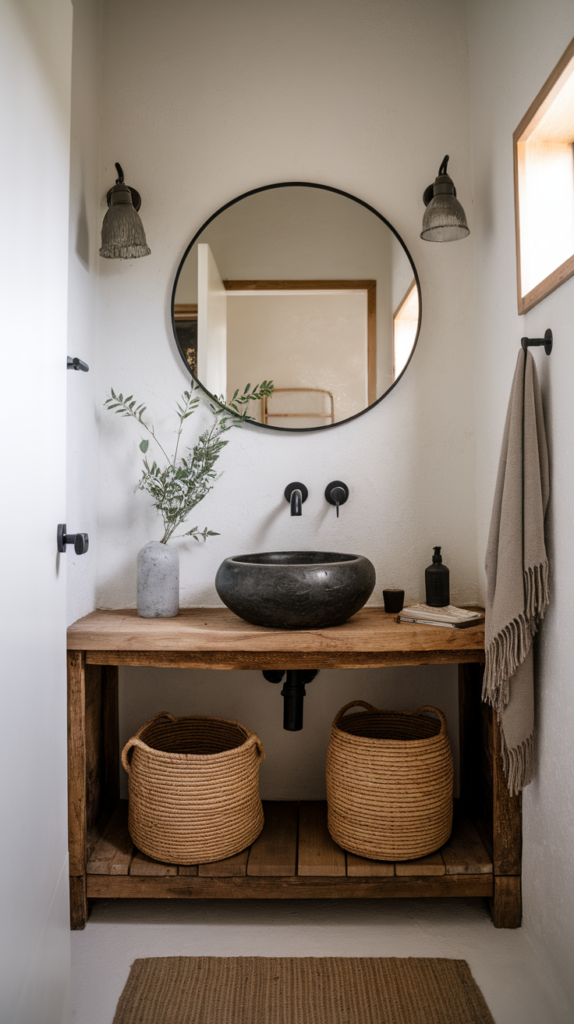
A dried branch, a weathered stone, or an old book with yellowed pages—these tell silent yet powerful stories.
19. Keep Flooring Natural and Simple

Stone, aged wood, and textured concrete work beautifully in a Wabi-Sabi home. Avoid high-shine finishes and embrace the charm of imperfection.
20. Soft, Flowing Curtains Instead of Blinds
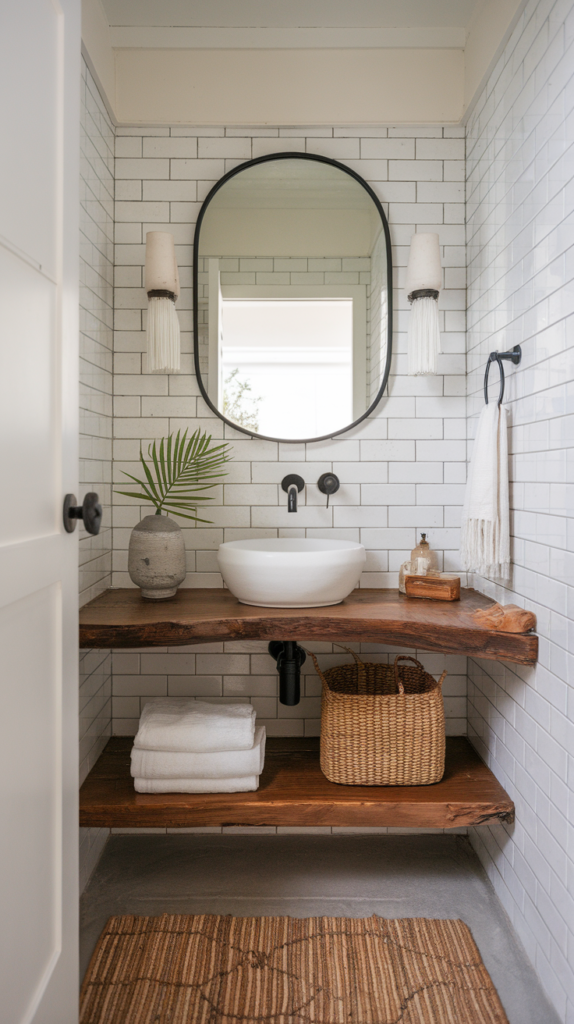
Heavy drapes block light; harsh blinds feel rigid. Instead, choose soft, flowing linen or cotton curtains to let the breeze dance through.
21. Live with Less, But Love Everything You Keep
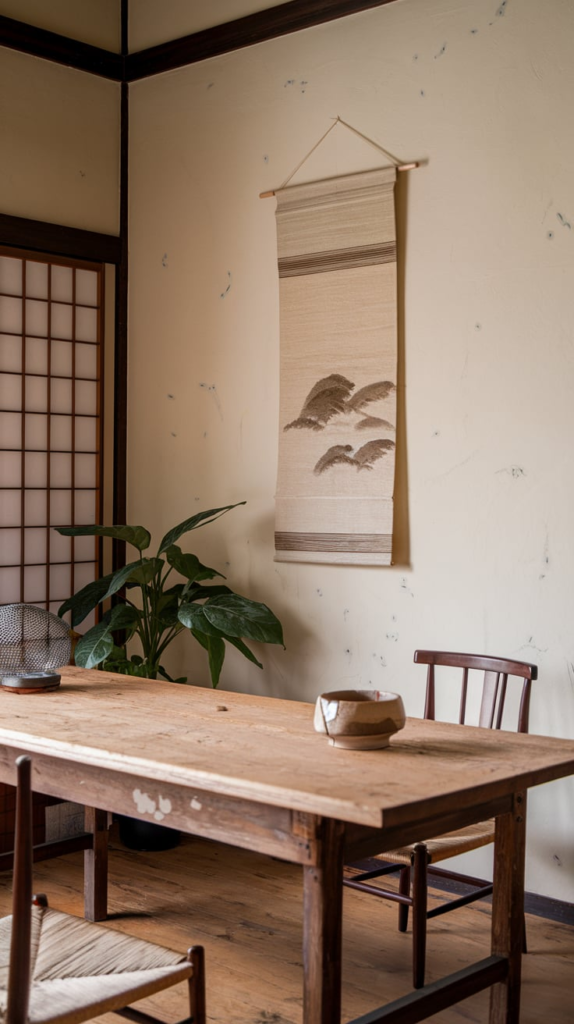
Each item in your home should spark joy and serve a purpose. If something feels out of place, let it go.
22. Use Subtle, Handmade Pottery
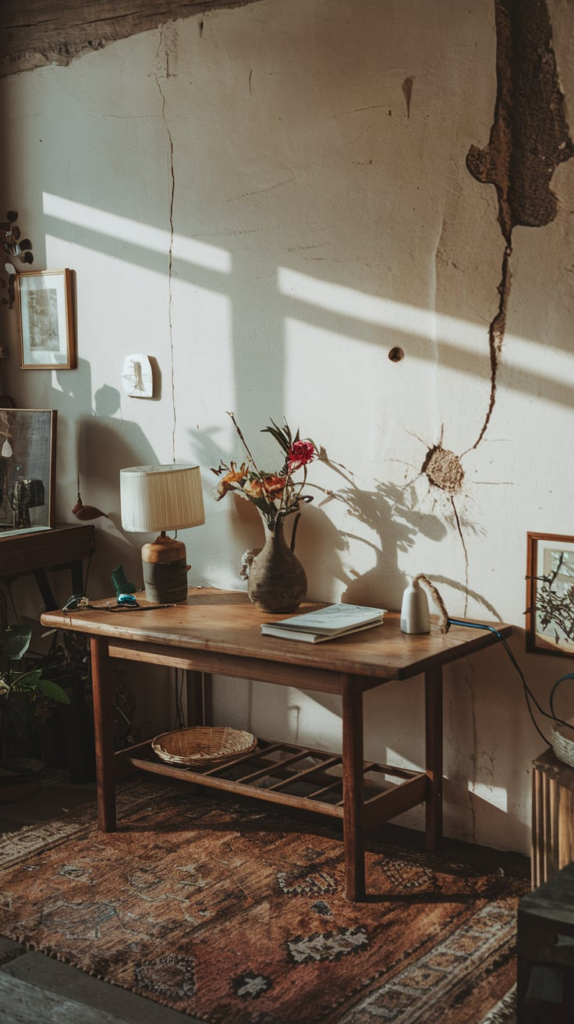
A simple ceramic mug with an uneven glaze or a hand-thrown clay vase brings an organic warmth that mass-produced decor can’t replicate.
23. Introduce Subtle, Earthy Scents
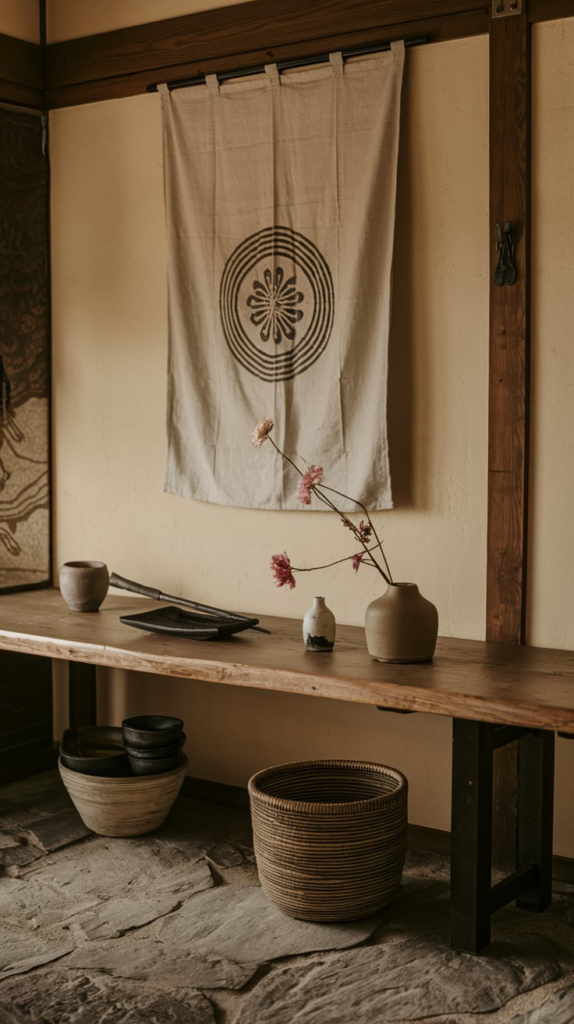
A hint of cedarwood, sandalwood, or dried lavender adds an understated sensory layer to your space.
24. Let Plants Grow Wild and Free
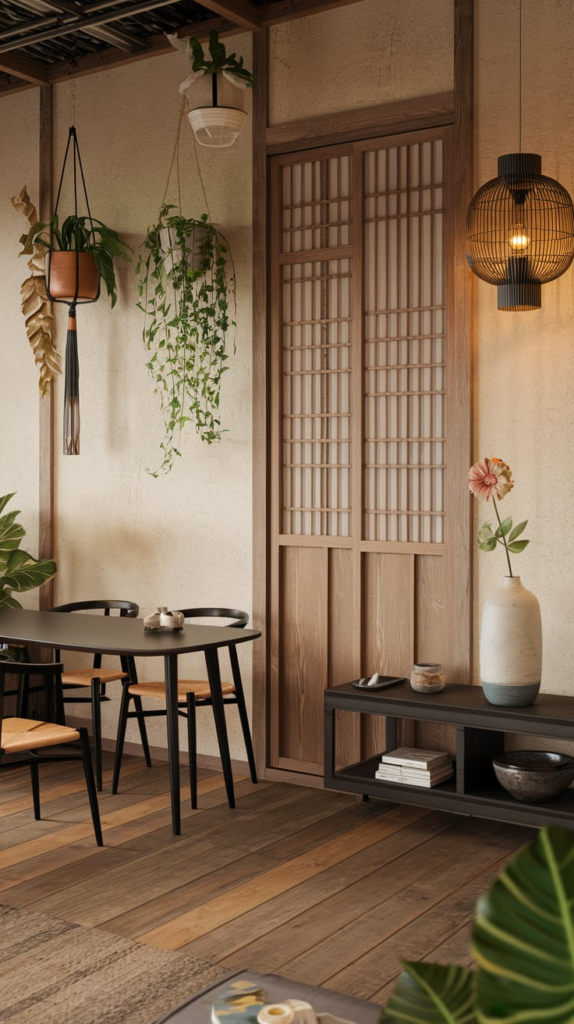
Instead of manicured arrangements, go for potted olive trees, wild branches, or cascading ivy to bring a sense of unrestrained beauty.
25. Skip Glossy, Perfect Surfaces

Shiny, factory-finished items feel sterile. Instead, choose matte, rough, or weathered textures for a tactile, lived-in ambiance.
26. Layer Soft, Natural Fabrics
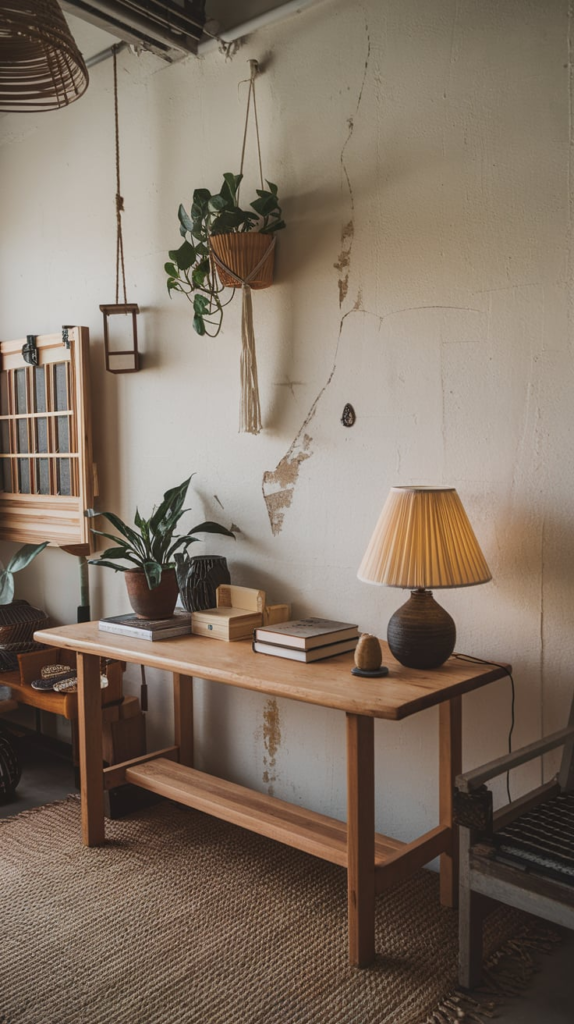
A handwoven wool throw over a linen couch, a rustic jute rug underfoot—these small layers add warmth and comfort.
27. Live in the Moment with Your Home

Your home is not a museum. Let it breathe, change, and evolve naturally. A crack, a stain, a sun-faded corner—it’s all part of the charm.
Conclusion
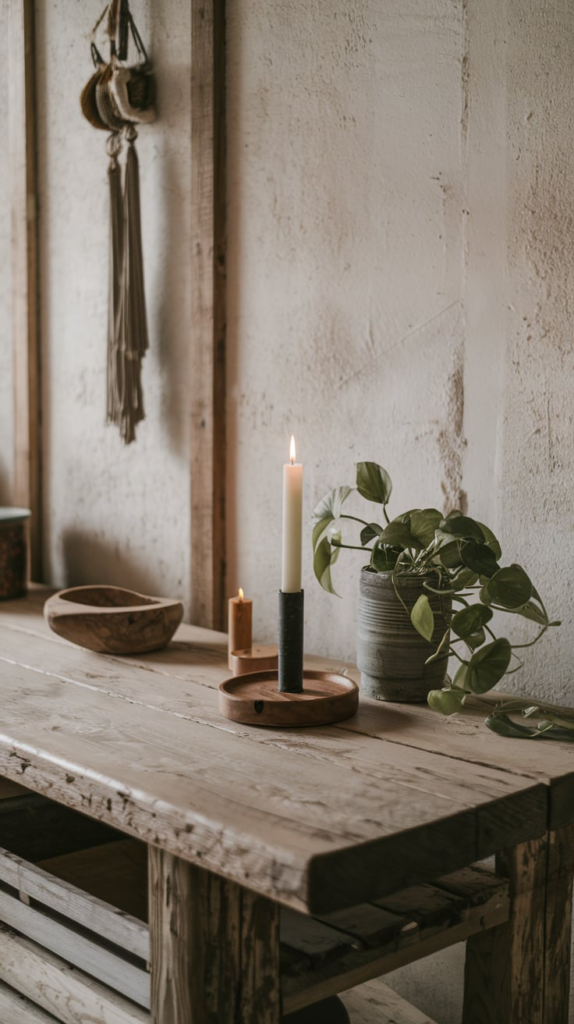
Wabi-Sabi isn’t about making your home look unfinished; it’s about crafting a space that feels deeply human. It’s about accepting life’s imperfections, embracing the passage of time, and creating a sanctuary that feels authentic, peaceful, and effortlessly beautiful. So, if your home isn’t perfect, congratulations—you’re already halfway there!

